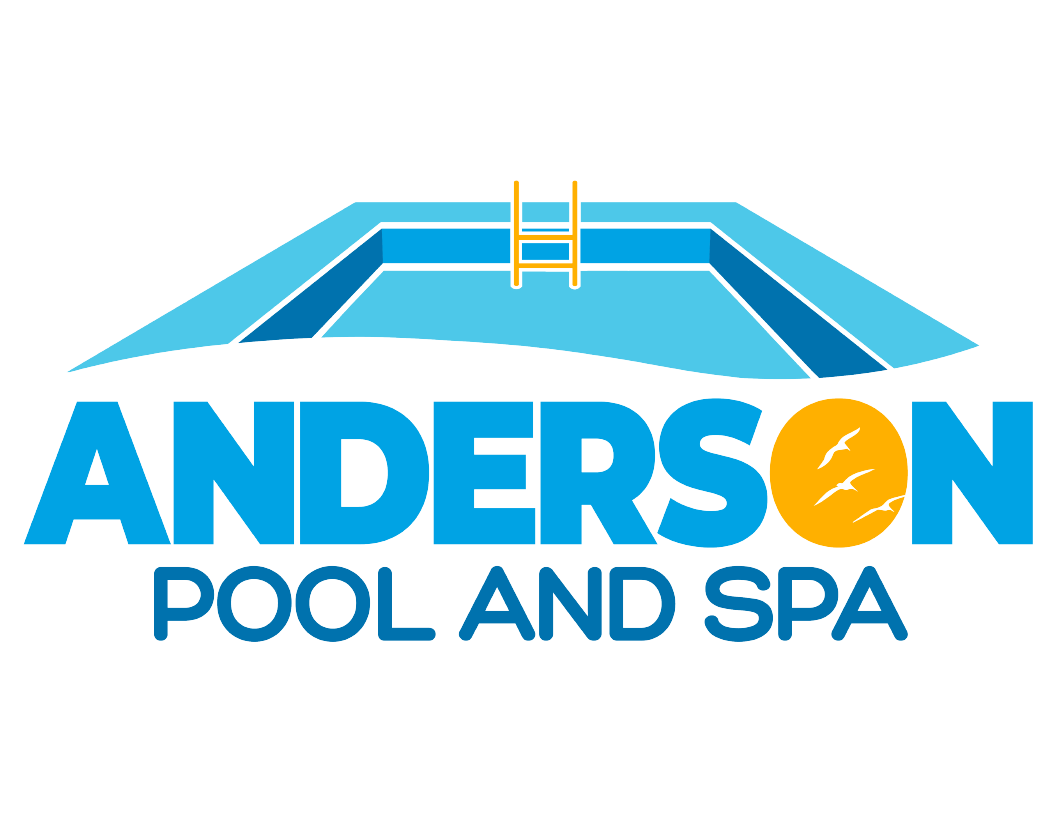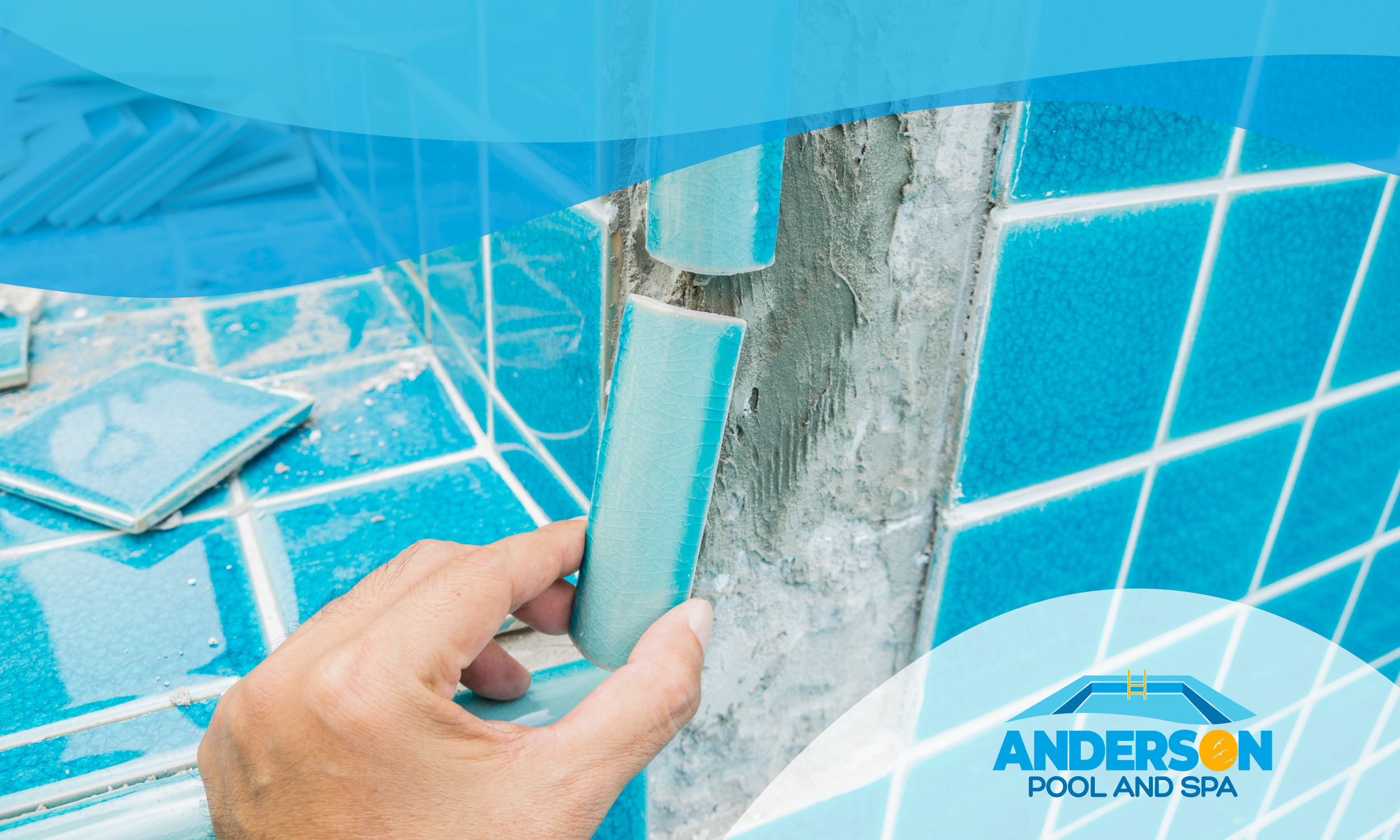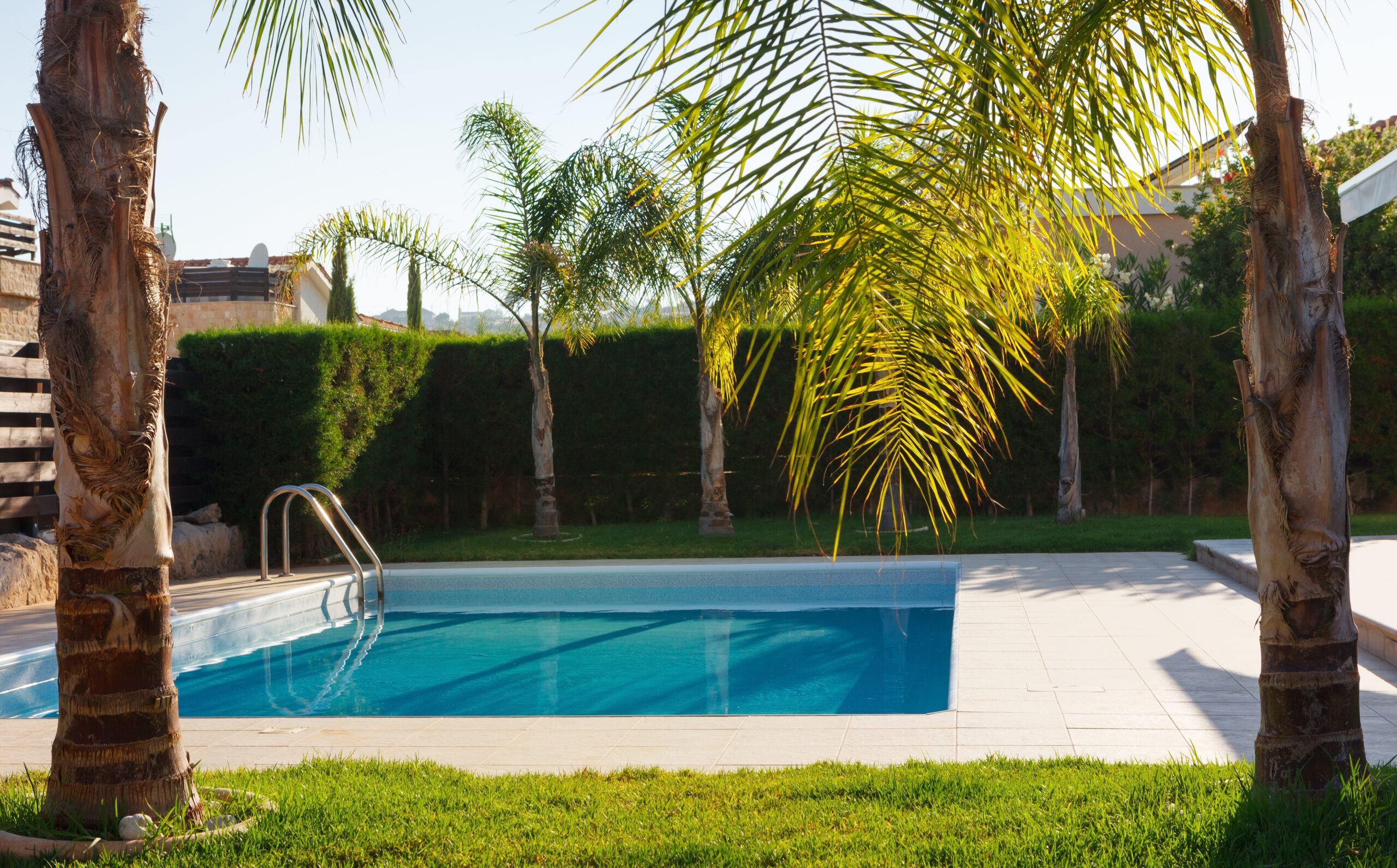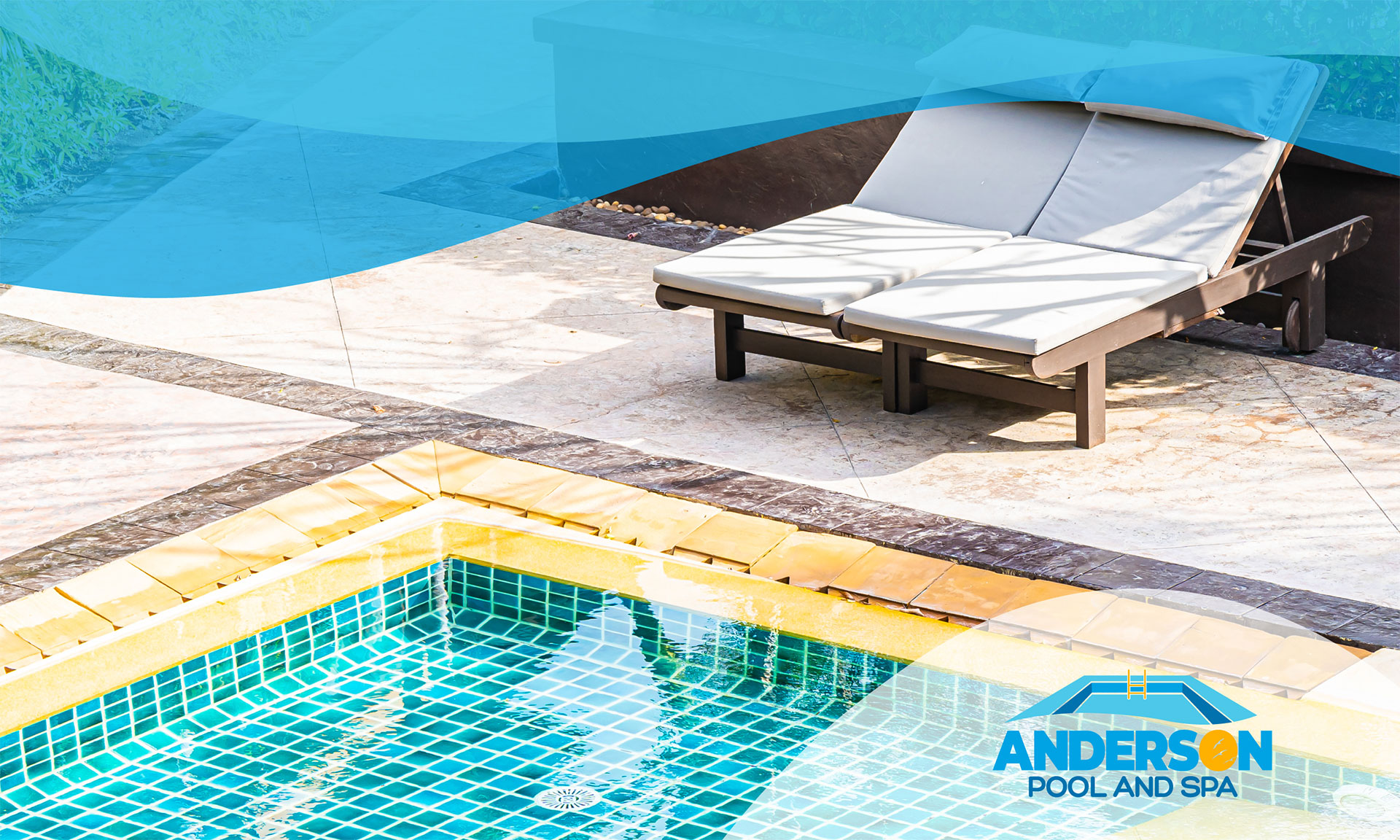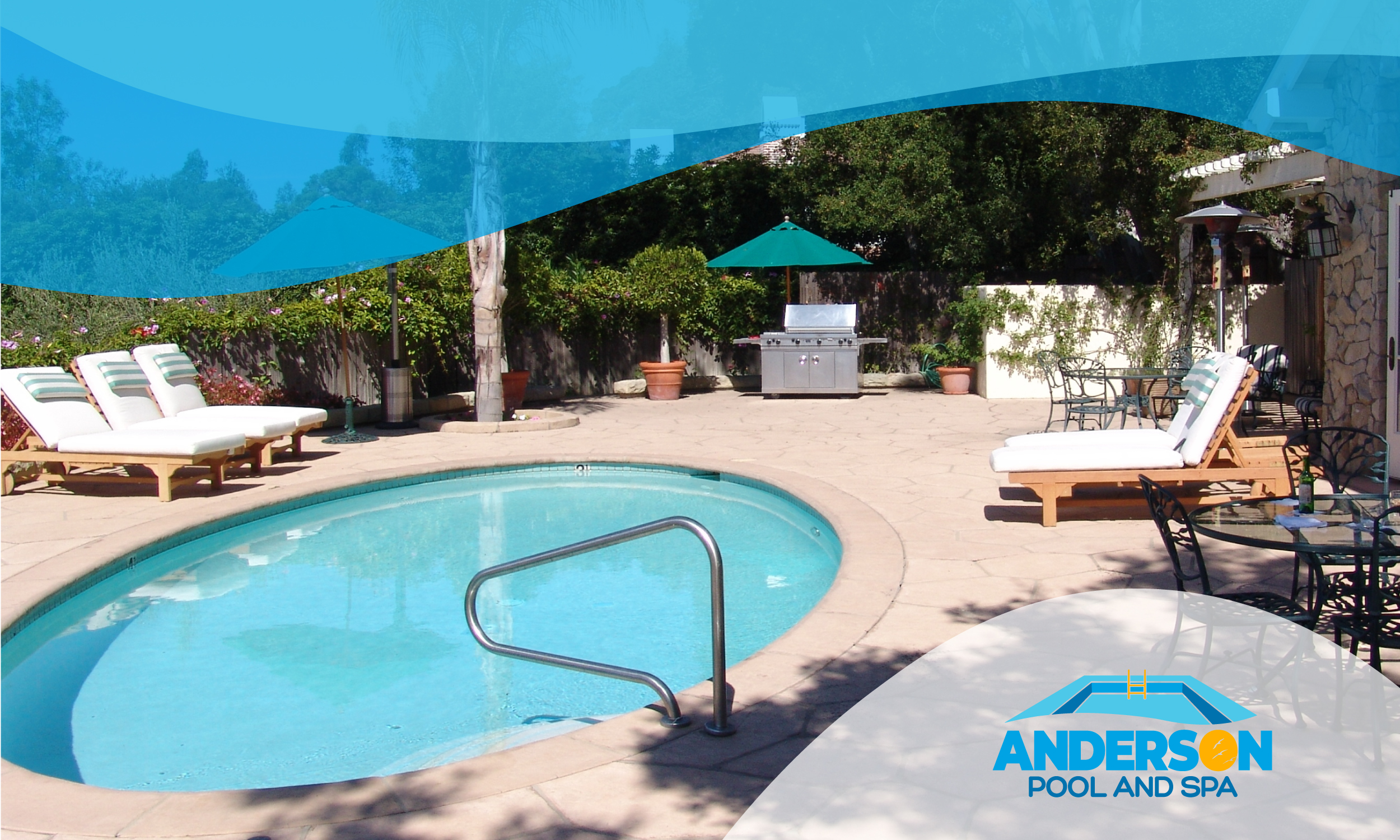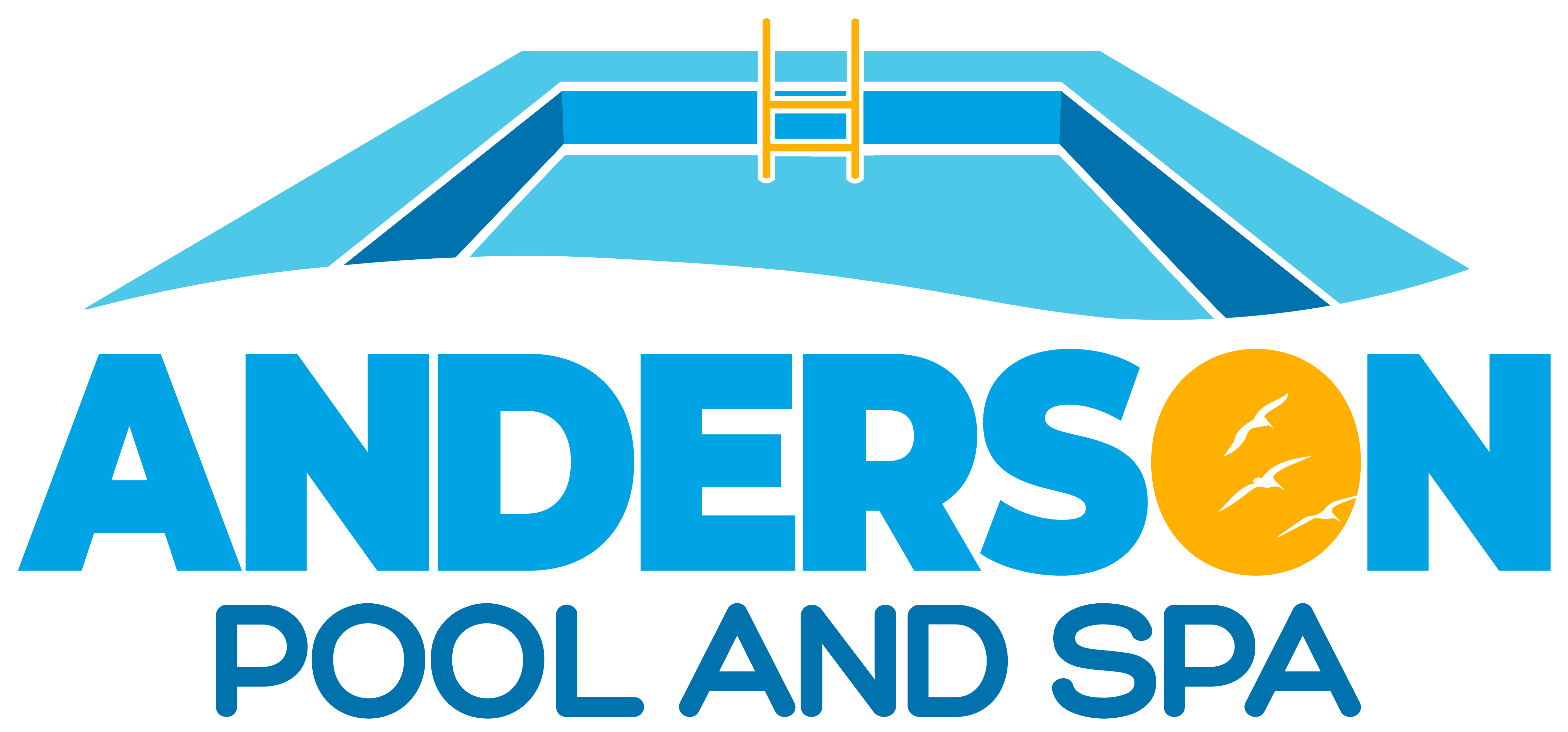Building a pool is a big project—one that requires time, money, and a lot of decisions. In Southern California, where pools are often used year-round, it’s especially important to make the right choices from the start.
From permits and design to construction and long-term care, there are plenty of opportunities for things to go off track.
Mistakes made early on may lead to delays, unexpected costs, or problems down the road. If you’re planning to add a pool to your home, knowing what to avoid is just as important as knowing what to include. Here’s what to watch for.
Skipping the Planning Phase
Skipping the planning phase is one of the most common—and avoidable—mistakes homeowners make when building a pool.
Without a clear plan, it’s easy to run into design changes mid-project, unexpected delays, and costs that quickly go over budget. In Southern California, city permit processes may be slow, and HOAs often have strict design guidelines, so proper planning is essential.
Setting a realistic budget and working with professionals who understand both local requirements and pool design can save you from frustration later on.
Taking the time to think through how you’ll actually use the pool—whether for swimming laps, entertaining, or relaxing—helps ensure the final result is functional and worth the investment.
Choosing the Wrong Contractor
Choosing the wrong contractor can turn an exciting project into a stressful and expensive process. Pool construction estimates vary widely between companies, but going with the lowest price without checking credentials can cost more in the long run.
Make sure any contractor you consider is licensed, bonded, and insured in California. Local experience also matters—building in Orange County, Los Angeles, or Riverside often means navigating different permitting processes and neighborhood standards.
Request references, look at recent projects, and be sure to ask detailed questions about timelines, materials, and subcontractors. A reputable builder should provide clear answers and a written contract that spells out what’s included. Taking the time to vet your contractor carefully is one of the best ways to avoid delays, miscommunication, and costly mistakes.
Underestimating Long-Term Maintenance
It’s easy to focus on appearance during the design phase, but some materials and features that look great initially require a lot of upkeep over time. Therefore, it’s a good idea to ask about the long-term maintenance needs of different surfaces, water features, and equipment before making final decisions.
Also, some lighting systems, heating units, or automation tools cost more upfront but offer significant savings in energy use and repairs down the line. Factoring in the time and cost of future care ensures your pool remains something you enjoy—not something you constantly have to fix.
Ignoring the Surrounding Space
Overlooking the layout and use of the space around your pool is a common mistake. Southern California backyards often double as outdoor living areas, so having a well-integrated design makes a big difference in how the space functions.
Consider how people will move between the pool, patio, and other areas. Will there be enough shade? Where will water drain during heavy use or rare rainstorms? These are all questions you should ask before construction starts.
Features like built-in seating, fire pits, or outdoor kitchens are popular in this region and should be factored into the overall design from the beginning. Ignoring these elements may result in a pool that feels disconnected or awkward to use.
A builder who understands both pool construction and landscaping can create a space that’s cohesive, functional, and tailored to your lifestyle.
Failing to Plan for Future Use
A pool designed for your life today might not fit your needs five or 10 years from now. That’s why it’s worth thinking ahead during the planning process.
If you have young children now, consider how your family will use the pool as they grow. You might want a larger shallow area now and more open swim space later. Or maybe you’re starting to host more gatherings and need features that make entertaining easier, like built-in seating or a wider deck.
Accessibility is another important factor—steps, handrails, or even zero-entry areas can make a pool more accessible for aging family members or guests. Thoughtful choices now can spare you major remodeling later. Designing with the future in mind means you’ll continue to enjoy the space for years to come.
Are you ready to build your dream pool? Let’s make sure you do it right. Contact Anderson Pool & Spa to schedule a consultation today.
